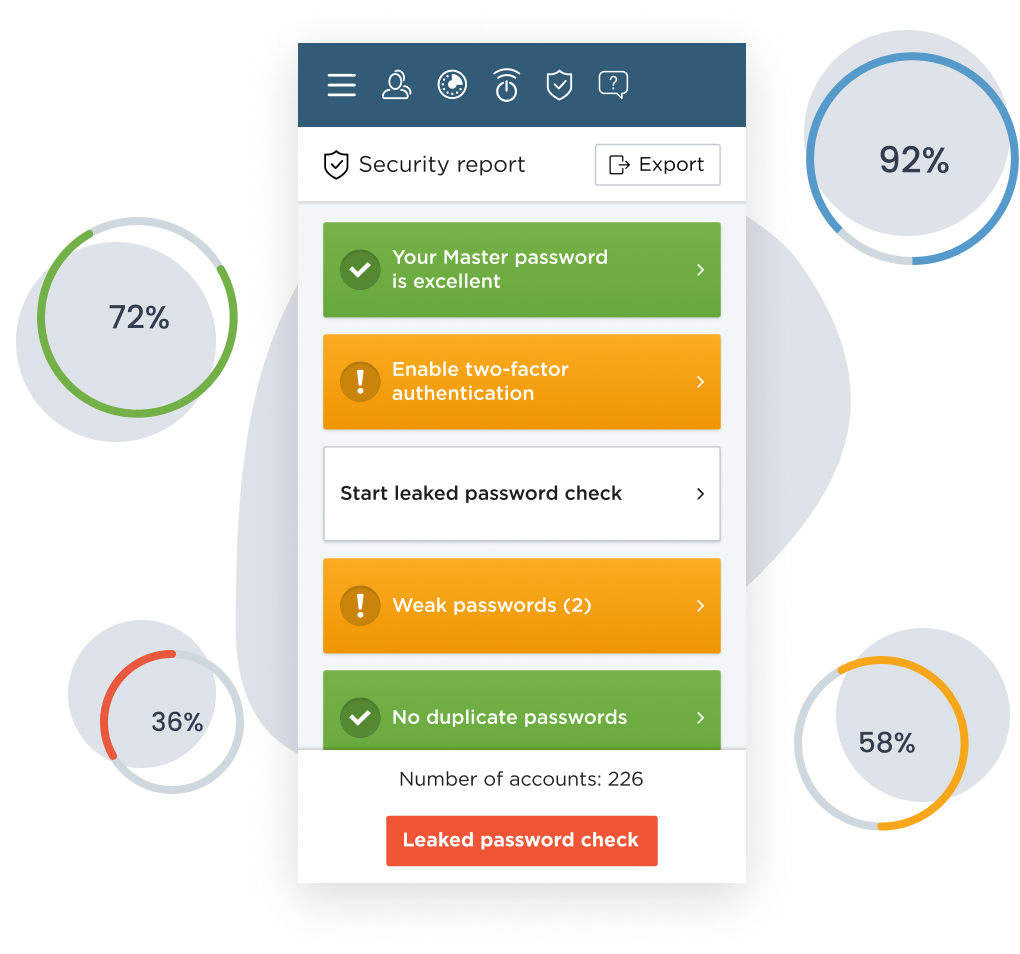Pwned…? What does it mean?

The origins of “to pwn” are uncertain, but it is likely to have sprung from the slang use of “owned”. This originated in an online game called Warcraft where a map designer mistyped “p” instead of the adjacent “o” on a QWERTY keyboard.
“Pwned” is a verb, commonly used as a gloating expression of dominance, control, or victory. This peculiar term is used most often in video games, though it has found its way into offline conversation. In the 1980s, hackers used the word “to own” to describe the act of successfully hacking and taking control of a server or other computer.
This term became famous thanks to security specialist Troy Hunt who runs the service allowing users to see if their passwords and email addresses have been hacked called Have I been Pwned. His page collected more than 6,474,028,664 accounts previously exposed in data breaches and supports tens of thousands of visitors a day.
Checking each password individually to see if it’s been compromised could be really time-consuming.
Follow the steps below:
- Open your SaferPass extension
- Go to Menu, then Security report (click the menu button in top-left corner)
- Click on “Leaked password check” at the bottom of the window
- Confirm the action by clicking on “Start password check”

- If your email address has been compromised in a data breach, it’s a wise move to change your login password for your email address and for the service which was affected by the breach. The golden online security advice is to use a unique random password or passphrase for every service. Let SaferPass generate strong passwords for you.
We’re constantly innovating to find new and better ways to protect your passwords, making sure that they will never be sent to ours or Troy’s services. SaferPass compares the list of encrypted hashes from Troy’s web page locally on your device to check if it contains the hash of your passwords. If there is a match, SaferPass knows this password is compromised and should be changed. Your credentials stay securely locked in your extension.
